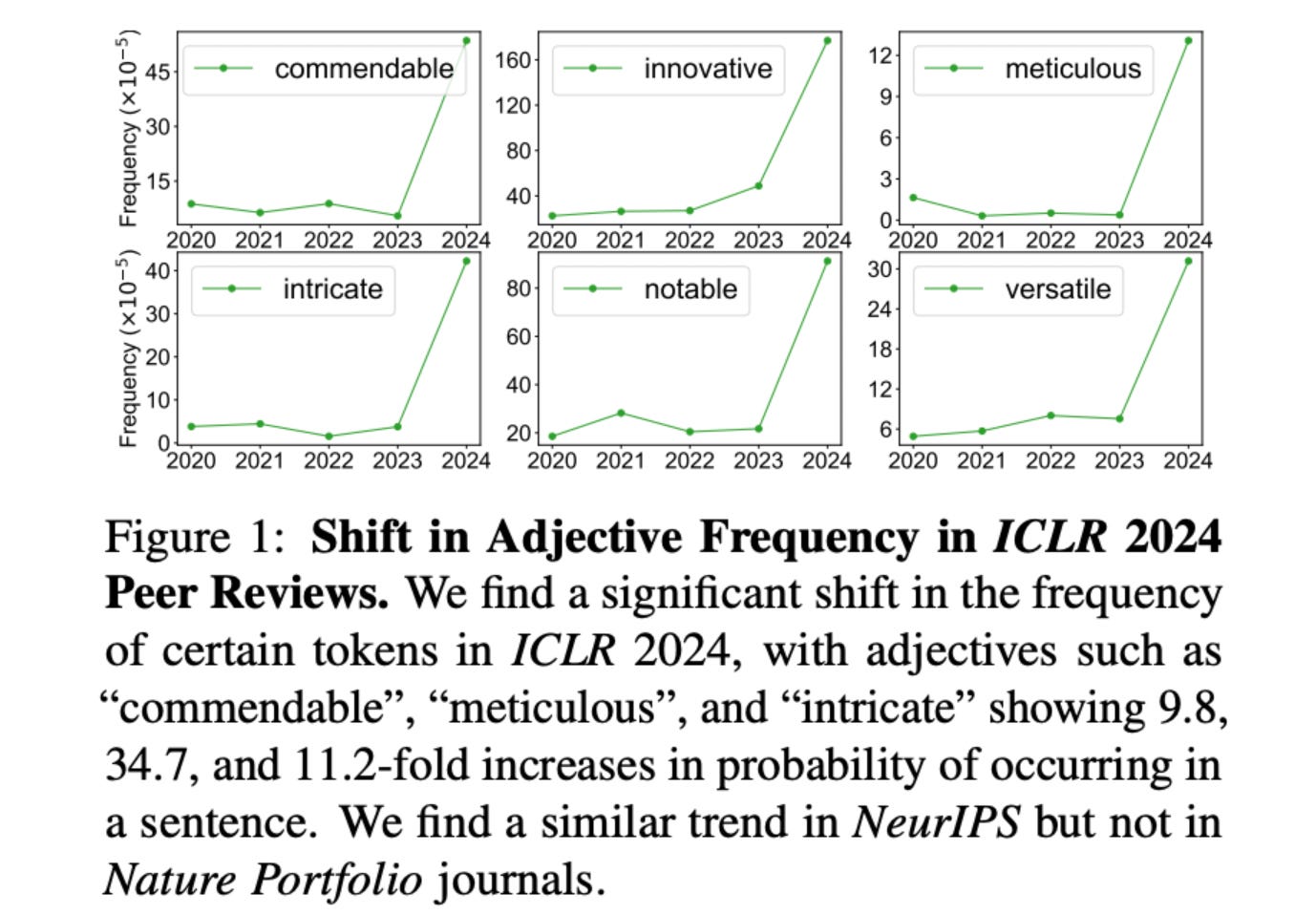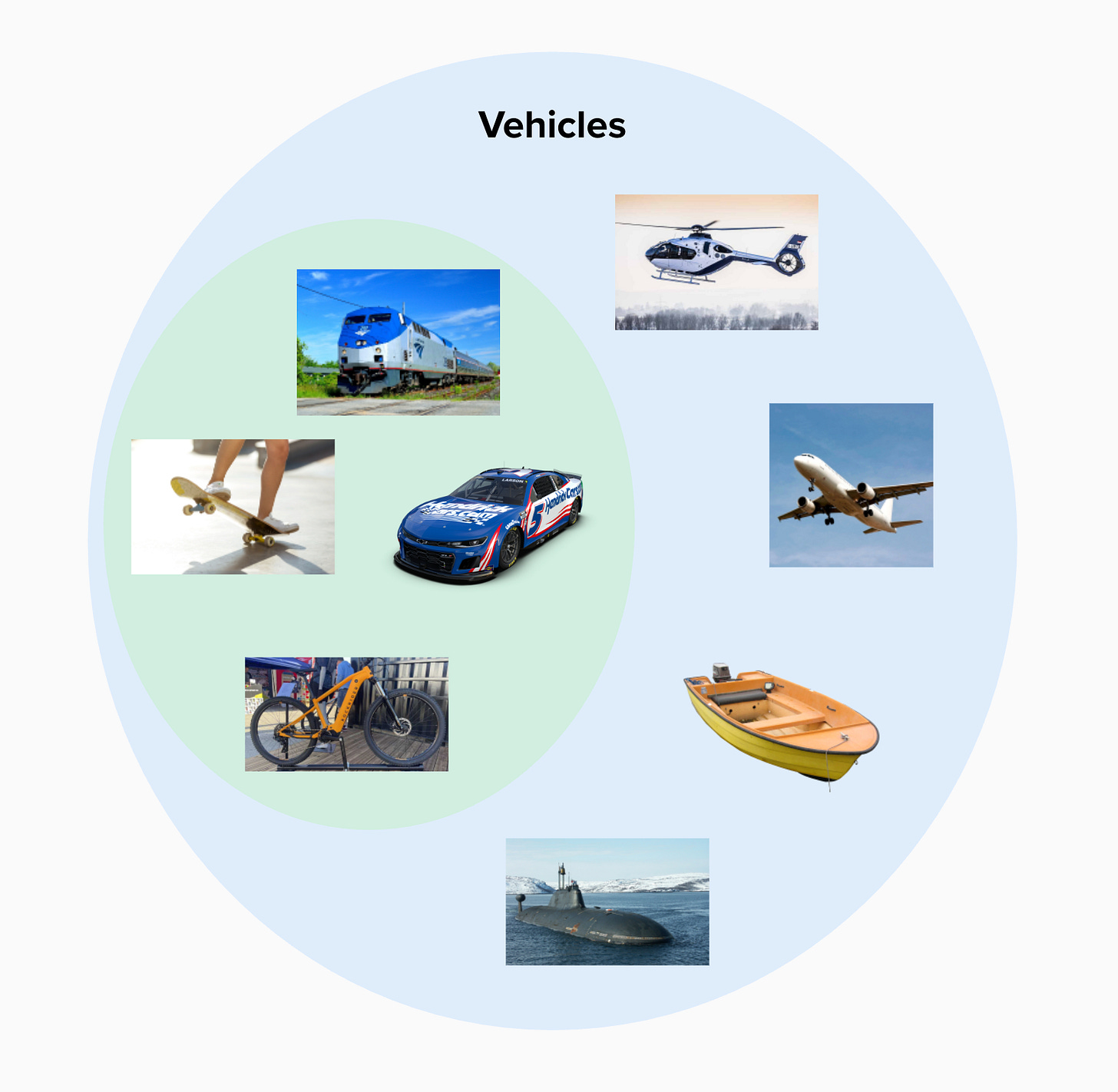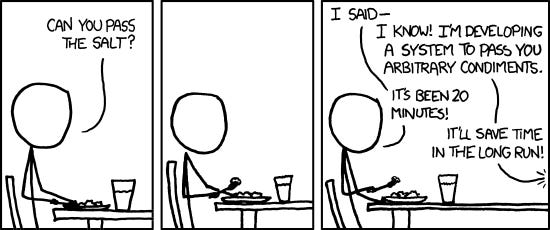Mastering Abstraction So You Can Generate Infinite Profitable Strategies
Understanding this core cognitive process is the most important thing you can do to become a master quant.
My last post told you how to churn through 100 academic papers per hour with deep learning and LLMs. But just because you got an LLM to summarize 100 papers doesn’t really mean much unless you know what to do with it.
You could have the LLM just attempt to replicate the papers. But, you often will find that the results are unachievable (p-hacking), overstated, or slapped together to just sound good (LLM abuse in research on the rise).

It’s better to learn how to abstract the concepts you learn in the papers into a master understanding that then guides you towards a fountain of strategies that are more novel and better than what you can read about online.
And no, you do not need to take advanced mathematics. Instead, you can practice this process on pretty much anything and let the patterns emerge which give rise to novelty without you getting in the way.
Here’s the thing:
Abstraction is not just some computer science term or philosophical buzzword.
It’s a real process that empowers you as a quantitative researcher and a human to better understand the world around you, and unlock highly scalable, reliable, and novel creativity.
What is Abstraction?
In software engineering, the concept of abstraction refers to organizing similar pieces of code together and writing them under a single, unified piece of code that is then extendable and often times more closer to the ‘truth’ than a handful of different bespoke implementations.
Consider this:
What do a car, bike, and skateboard all have in common?
Of course, they are all vehicles. They all get you from point A to point B. But, most simply, they all have wheels. Thus, if we are describing this set of objects, we would call them ‘wheeled things.’ If we consider that they also carry a person from point A to B, we would call them ‘wheeled vehicles.’
These ‘wheeled vehicles’ are different than planes, helicopters, and boats which take you from point A to point B as well, but in a manner that does not consider wheels.
It’s important to note that we also could cut this along different lines. What if we partitioned the objects by ‘motored vehicle’ or ‘human powered vehicle?’ Well, then a skateboard would be in the same group as those swan paddleboats you always see in rom-coms.
This is the core philosophical challenge of abstraction.
But what is not a core philosophical challenge is abstracting from the bottom up.
Let the Cards Fall. Then See the Patterns.
Often times, we as smart people try to find patterns before the patterns emerge as a way to outsmart reality and prove that we are indeed very smart. However, premature optimization is the root of all evil. I know this, you know this (even if you don’t want to admit it), we all know this. Yet, we still can’t help ourselves from overcomplicating even the simplest tasks.
That being said, it’s very important to let the cards fall as they may and then see how you can group certain things together.
A great example of this is with the asset allocation papers I reviewed in the last post. I read a few of them that were so strikingly similar, that it informed me to create a hypothesis.
For example, Wouter J. Keller and Hugo S. van Putten from Flex Capital have published several asset allocation systems with similar names and unsurprisingly similar fundamentals:
Protective Asset Allocation (PAA); A Simple Momentum-based Alternative for Term Deposits
Breadth Momentum and the Canary Universe: Defensive Asset Allocation (DAA)
Growth-Trend Timing and 60-40 Variations: Lethargic Asset Allocation (LAA)
A Real Applied Example:
So let’s see how letting the cards fall plays out for the first step of each strategy:
Step 1 for Each Strategy:
PAA: Define a risky basket of growth assets including Equities, REITs, Commodities, Gold, High Yield Bonds, Corporate Bonds, and Long Term Treasuries. Define a safe asset (IEF, or SHY & BIL).
FAA: Define 7 mutual funds: VTSMX, FDIVX, VEIEX (equities), VFISX, VBMFX (bonds), VGSIX (REITs), QRAAX (commodities).
DAA: Define a risky universe of growth/risky assets (e.g., global equities, commodities, REITs). Define a safe universe of low volatility assets like SHY, IEF, LQD.
LAA: Define a risky universe of QQQ, IWD, GLD, and IEF. Define a cash universe of SHY, IWD, GLD, IEF.
Immediately, each strategy defines a risky strategy and a non-risky strategy.








